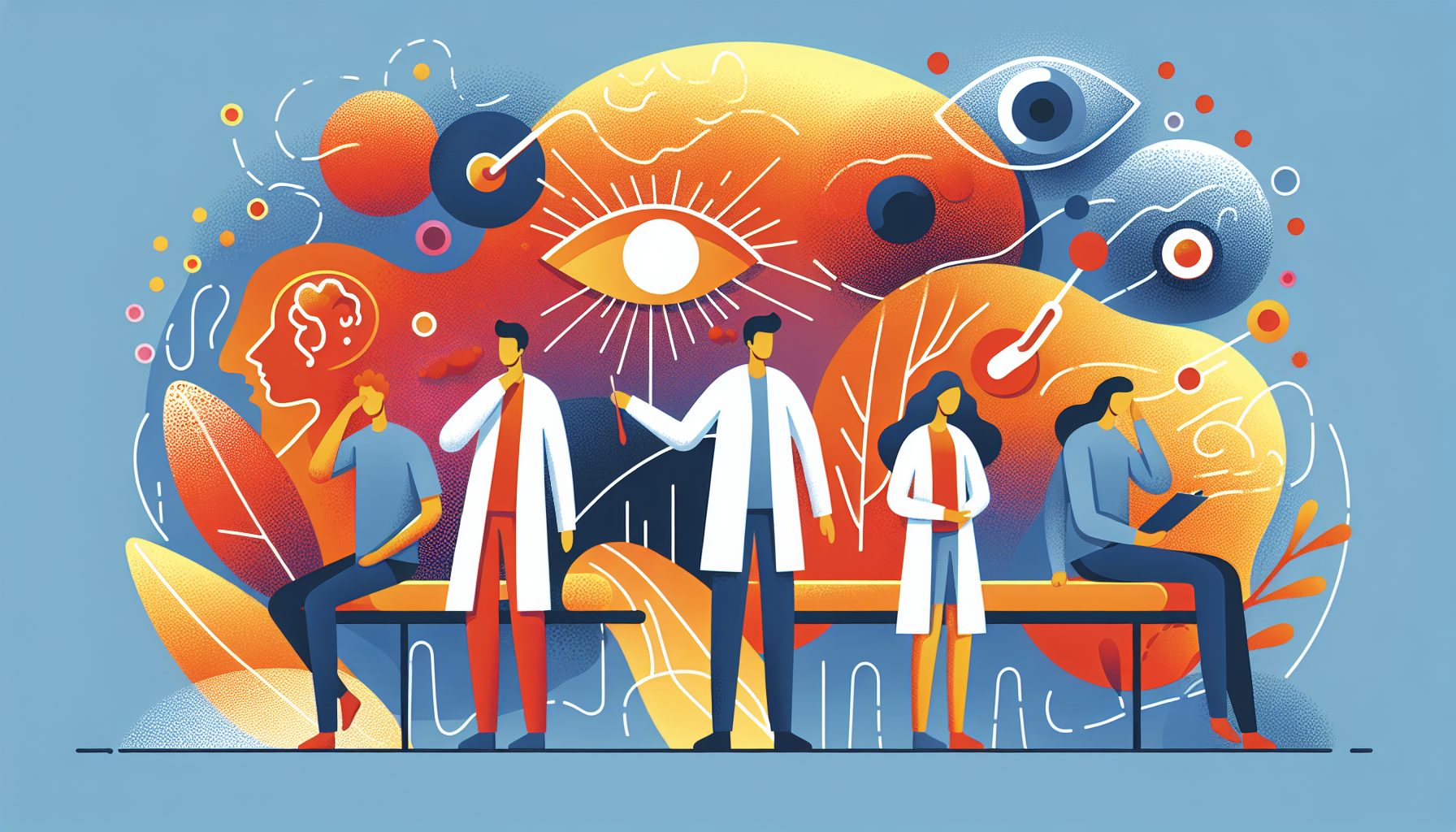Does Mounjaro Affect Fertility?
Understanding Mounjaro and Its UsesMounjaro is a prescription medication commonly prescribed for managing type 2 diabetes. It belongs to a class of drugs that help regulate [...]
Read More
Medically reviewed by Jerome Albert Ecker | MD, Assistant Professor of Medicine, Duke University - Durham, NC on January 12th, 2024.
A chalazion is a small, painless bump that develops on the eyelid when an oil gland becomes clogged. These bumps, also known as meibomian cysts, are a common eye concern. Chalazia differ from a more common cause of eyelid bumps, a sty, which is generally more tender and caused by bacteria. In this article, we'll discuss the symptoms, causes, treatment options, and prevention tips for chalazia.

A chalazion typically starts as a small, red, and slightly swollen area on the eyelid. It may be tender to the touch initially, but the pain usually subsides within a few days. The bump can grow to the size of a pea and may cause minor irritation or blurred vision. Chalazia are more likely to develop on the upper eyelid, but they can occur on both eyelids simultaneously.
Chalazia form when the meibomian glands, which produce oil to lubricate the eyes, become blocked. This can happen due to:
Thickening of the oil secretions
Inflammation of the eyelids (blepharitis)
Certain skin conditions, such as rosacea or seborrheic dermatitis
Some factors may increase the risk of developing chalazia, including a history of eyelid inflammation, skin conditions like acne rosacea, diabetes, or previous chalazia.
Most chalazia resolve on their own within a few weeks. However, there are several treatment options that can help speed up the healing process:
Apply warm, moist compresses to the affected eyelid for 10-15 minutes, 3-4 times a day
Gently massage the area to encourage drainage
Clean your eyelids with a mild soap, such as baby shampoo, or use over-the-counter eyelid scrubs
If home remedies don't work, your doctor may recommend:
Prescription eye drops or creams
Steroid injections to reduce inflammation
Surgical removal for persistent or large chalazia
During chalazion surgery, the doctor numbs the eyelid, makes a small incision, and drains the fluid. The procedure takes about 15-20 minutes and is usually performed in-office. Recovery is quick, with minimal discomfort and no stitches required.
While there's no guaranteed way to prevent chalazia, you can minimize your risk by following these tips:
Wash your hands frequently, especially before touching your eyes or handling contact lenses
Remove eye makeup before going to bed
Replace eye makeup every 2-3 months and avoid sharing cosmetics
Clean contact lenses properly with a disinfecting solution and replace them as recommended
Maintain good eyelid hygiene by gently scrubbing your eyelids as part of your daily routine
Consult an eye doctor if your chalazion persists for more than a month, interferes with your vision, or keeps recurring. Your doctor can determine the best course of treatment and rule out any underlying eye conditions.
Remember, although chalazia may be unsightly, they are generally harmless and can be managed effectively with proper care and treatment. By understanding the causes and prevention methods, you can help keep your eyes healthy and reduce the likelihood of developing these common eyelid bumps.
For more information on chalazia and other eye health topics, visit:
Most of these blocked oil gland bumps heal naturally with consistent warm compresses and gentle massage over 2-8 weeks. Professional treatment becomes necessary when bumps persist beyond a month or interfere with vision. If you're experiencing eyelid bumps or have questions about symptoms and treatment options, Doctronic can provide personalized guidance.
Understanding Mounjaro and Its UsesMounjaro is a prescription medication commonly prescribed for managing type 2 diabetes. It belongs to a class of drugs that help regulate [...]
Read MoreUnderstanding Hydrocortisone Uses and DosagesHydrocortisone is a versatile medication primarily used to reduce inflammation and suppress the immune system in various [...]
Read MoreUnderstanding Zepbound and MounjaroWhen managing type 2 diabetes, patients often face a variety of medication options. Zepbound and Mounjaro are two such options gaining [...]
Read More